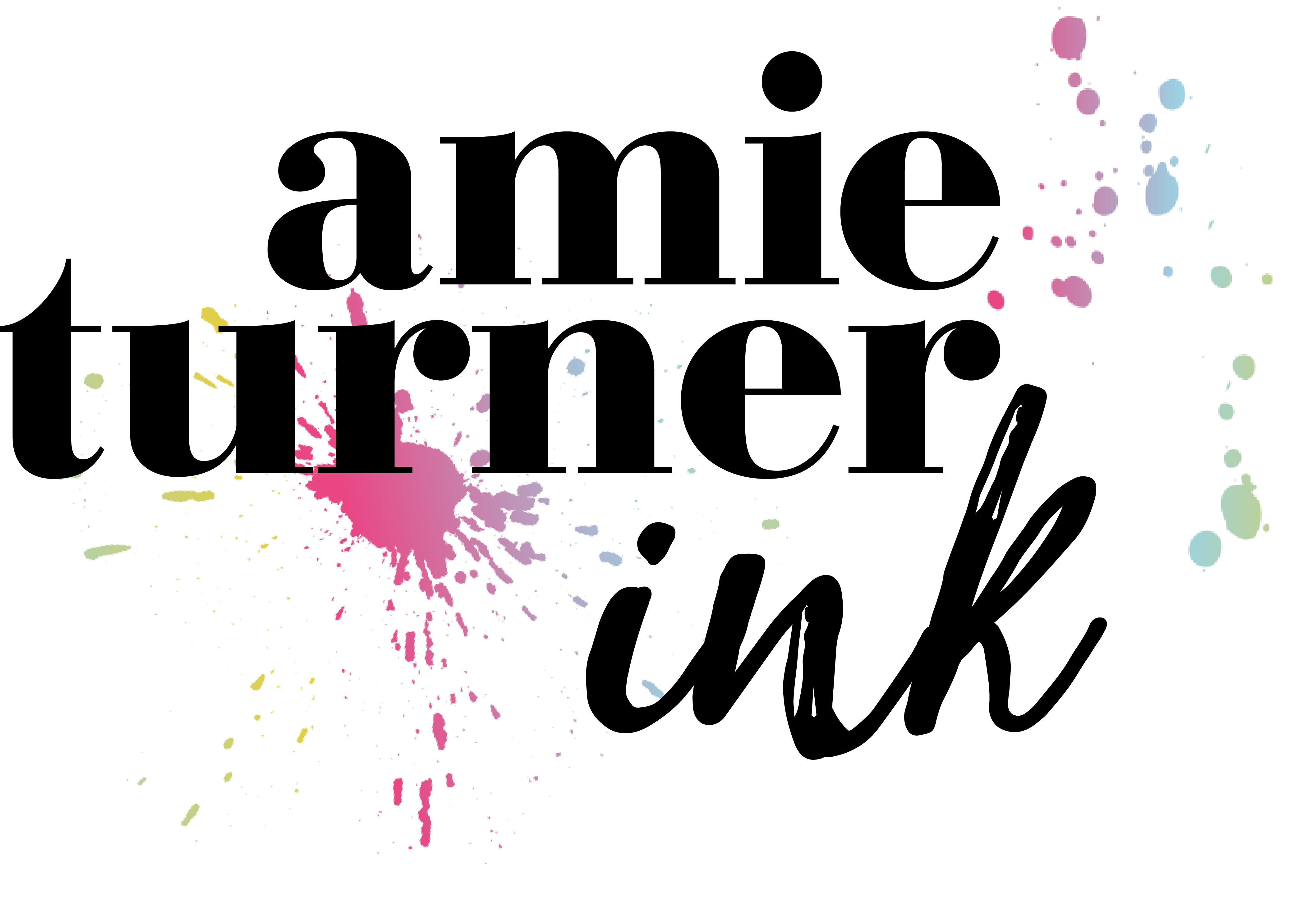4 Simple Copywriting Formulas That Will Get You More Connection, Clicks, and Cash

Have you ever watched someone throw a bunch of ingredients in a pan and come out with an amazing meal?
That’s kind of what it’s like watching a pro copywriter pull an entire email sequence, sales page, or opt-in out of their brain and onto a page – but here’s what you might not have known:
There’s usually a secret recipe – and not just one, but many – that saves us from having to start from scratch every time we write something new.
Curious?
Keep on reading for my hard-won insights into four of the best copywriting formulas you’ll see playing out in copy everywhere…
Build a bridge and…
When a niggly little something is making your life harder than it should be, what do you usually do?
Maybe have a little whine to a friend (bonus points for an actual glass of wine), and then get over it, right?
That strategy is *perfect* until the thing that’s bothering you goes from “niggly” to “nightmarish”, and you can no longer put off the search for a solution.
Let’s assume your ideal customer is in this exact situation when they come to your website for help. All they want is to go from Point A(wful) to Point B(rilliant), and this formula allows you to position your offer as the bridge that will get them there.
Here’s how the formula works:
Before: Create a vision of what the reader’s life is like now – before they have changed their relationship with the pain point. Describe it in vivid detail so they can form a picture in their mind and see themselves in your description.
After: Describe what life will be like after the reader no longer has problems with the pain point. How has their life changed for the better? What do they do differently? How do they feel?
Bridge: Present your offer as the easiest way to get from A to B, backing it up with plenty of clever copy and credibility in the form of glowing testimonials.
Make it worse before it gets better
There are many things in life that tend to get worse before they get better – like our financial status, our relationships with our parents (hello, teen years!), and our self-esteem.
Once you become the thing that makes life better for others, it won’t be long before potential customers are chasing you down the (digital) street – but first, you have to make it worse.
At least, in their imaginations.
Here’s how the formula works:
Identify: Describe the problem in vivid, descriptive detail – like you’re painting a super relatable picture of your reader. If they can identify with your copy in this first section, there’s a good chance they’ll be willing to read through the rest.
Agitate: Let your imagination run wild with visions of a world in which the problem gets worse, or keeps bothering the reader for years to come. It won’t be much fun for them, but once you hit on the deeper fears that stem from the problem, things will get a whole lot more fun for you.
Solve: Give your reader an out by encouraging them to take your tailor-made solution and avoid the worst-case scenario altogether.
Take the impersonal and tailor it
The *Features – Advantages – Benefits* structure is very effective for short-form content because you don’t want to spend much time talking about the features. This formula moves from one component to the next fairly swiftly, which makes this the perfect structure for a headline, sub-header, and any other short-form content.
Here’s how the formula works:
Features: Where better to start than with the nuts and bolts of the offer? The features boil down to the actual products and services your customers can expect when they sign up.
For example: This car has an adaptable USB port.
Advantages: Once you’ve detailed everything that’s included in your offer, you’ll need to explain exactly what those features will help the customer to do or achieve that they might have struggled with before.
For example: This USB port can charge any mobile device with ease.
Benefits: The benefits highlight how the product or service will positively impact the customer’s life and how it will change their everyday experience for the better.
For example: You’ll never show up with a dead phone again.
Count to five
When you’re reading a sales page and trying really hard not to be interested, your brain will naturally devise a handful of reasons why the product or service just isn’t for you.
Effective conversion copy should answer five subconscious questions before your reader even has the chance to ask them – and if you want to know how to nail the answers, every time, you’re in the right place!
Here’s how the formula works:
Objection 1: I don’t have enough time.
Solution: Make it sound easy with a comparison in terms of the amount of time they might have spent struggling with *pain point*.
Example: You can complete this training in just two hours a week, adding up to a total of 10 hours – a small fraction of the time you’ve probably already spent wishing [insert pain point] would just go away.
Objection 2: I don’t have enough money.
Solution: Offer payment plans and emphasise discounts but most of all, the value your offer provides. The fact is, if your ideal customer wants something badly enough, they will find the means to pay for it – it’s your job to illustrate that value so they feel good about pressing go.
Objection 3: It won’t work for me.
Solution: Let your customer know that other people *just like them* felt the same, but went through with the process and eventually overcame their pain point problems. Include testimonials from people with different backgrounds, emphasise the “before” picture (what they struggled with when they started out) – and just in case they’re still on the fence, it doesn’t hurt to mention the risk-free money-back guarantee if you’re offering one.
Objection 4: I don’t believe you.
Solution: Prove your worth with accolades and praise from happy customers! Your customer might be prone to doubt after months (or years) of searching, unsuccessfully, for a solution for their problem, so show them the happy faces of all the people who trusted you and WON. Full case studies work wonders here, and if you’ve had any recognition in the media, include an “As Seen In” bar with logos.
Objection 5: I don’t need it.
Solution: Whatever you’re selling, there are probably loads of people who need it. Most of them just don’t fully understand the value of your offer yet, so you need to show them! Paint a picture of what life could look like if they didn’t have to deal with this problem, and/or what it will look like if this problem continues and gets worse. If that doesn’t get them off the fence and over to your side, you’ll be better off investing your time in other prospects.
Of course, one of the best copywriting formulas I know of isn’t included in this list, it goes something like this: your offer + my copywriting skills = a polished and profitable finished product you can be proud of.
Share the love!
WONDERING WHAT TO INCLUDE ON YOUR
SALES PAGE?
Download my sales page outline and follow the 10 simple steps to writing a standout sales page that sells.
By entering your info, you agree to receive emails and promos from me (Yay!). Per my Privacy Notice, your details are never shared (ew) and you can unsubscribe at any time (honestly, no hard feelings).


